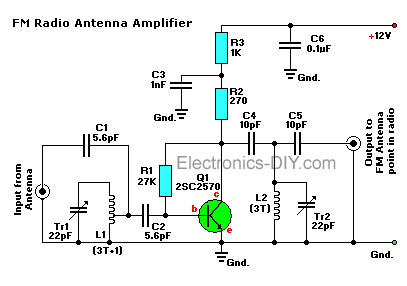Title: Building a Fun and Smart Home with a DIY Smart Doorbell Introduction: In the exciting world of electronics, there's nothing quite as thrilling as creating your very own smart home gadgets. Today, we'll embark on a journey to build a Smart Doorbell using simple and easily accessible equipment like the Arduino Uno, an IR proximity sensor, and a buzzer. This DIY project is not only a fantastic introduction to electronics but also a step towards transforming your home into a tech-savvy haven. So, gear up, young inventors, as we venture into the world of smart homes! Materials You'll Need: 1. Arduino Uno: The brain of our smart doorbell, capable of processing information and controlling the connected devices. 2. IR Proximity Sensor: A nifty gadget that detects the presence of objects in its vicinity. 3. Buzzer: This component will be the voice of our smart doorbell, alerting you when someone approaches. Step 1: Setting Up the Arduino Uno: Begin by connecting your Arduin...
This is a simple active antenna booster. This amplifier will pull in all distant FM stations clearly. The circuits is configured as a common-emmitter tuned RF preamplifier wired around VHF/UHF transistor Q1. Input coil L1 consists of four turns of 20SWG enamelled copper wire (slightly space wound) over 5mm diameter former. It is tapped at the first turn from ground lead side. Coil L2 is similar to L1, but has only three turns. Pin configuration of transistor 2SC2570 is shown in the fm antenna booster schematic. Adjust input/output trimmers (VC1/VC2) for maximum gain.
Active FM Amplifier
Parts List: R1 = 27K R2 = 270 ohm R3 = 1K Tr1,Tr2 = 22pF, trimmer cap (15-40pF) C1,C2 = 5.6pF C3 = 0.001uF (1nF), ceramic C4,C5 = 0.01 (10nF), ceramic C6 = 0.1uF (100nF), ceramic Q1 = 2SC2498, 2SC2570, 2N5179, SK9139, or NTE10. NPN VHF/UHF transistor L1 = 4 turns of 20SWG magnet wire, 5mm diameter. (so-called 3T+1) L2 = 3 turns of 20SWG magnet wire, 5mm diameter. With only a small handfull of parts you can built this trusty FM Amplifier. This amplifier will pull in all distant FM stations clearly. The circuit is configured as a common-emitter tuned RF pre-amplifier wired around VHF/UHF transistor Q1. All capacitors are ceramic, and 50V is the standard but the 25V types work fine too. Trimmer capacitors Tr1 and Tr2 (22pF) are adjusted for maximum gain. Input coil L1 consists of 4 turns of 20SWG enameled copper wire over a 5mm diameter former. It is tapped at the first turn from the ground lead side. Coil L2 is similar to L1, but has only three turns. Pin configuration is shown in the diagram. circuit credit goes to electronics diy.com Droid Electronics |

Emperor Casino: Claim Your Welcome Bonus!
ReplyDeleteFind an ideal site for all types of games like video poker, baccarat, 제왕카지노 roulette, 카지노사이트 keno, craps, septcasino keno and more!